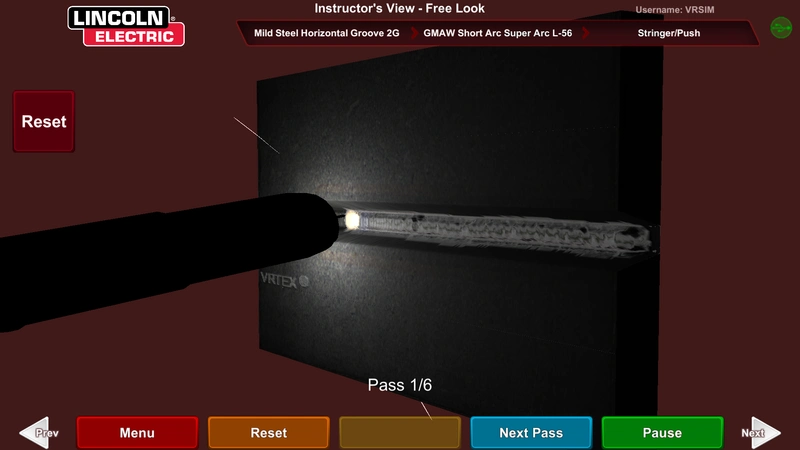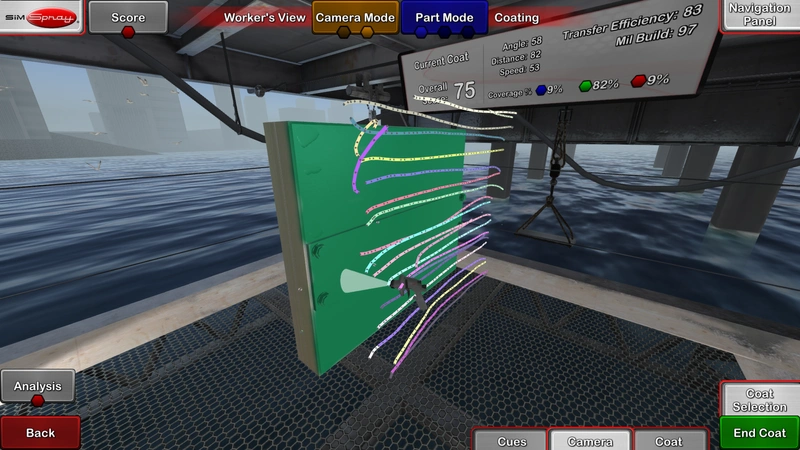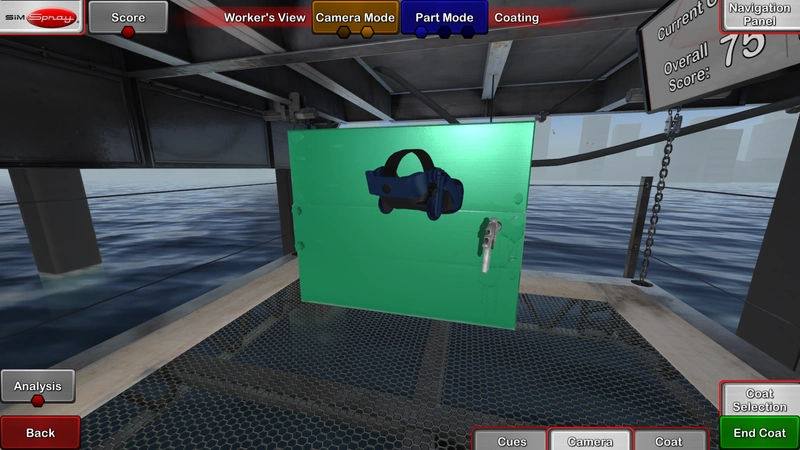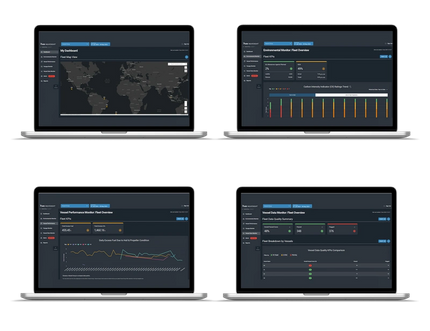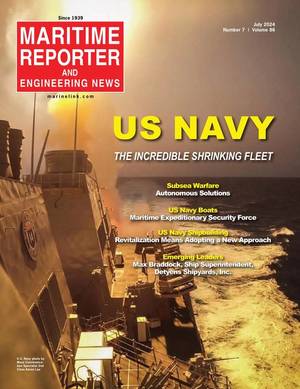Lowering Shipbuilding Costs with Immersive Training
The fiercely competitive domestic boatbuilding industry looks for any advantage in the day-to-day battle for bottom line efficiencies. ‘XR Technologies’ offer an edge to shipyards as they grow their workforce.
In the shipyard, skills such as welding and coating are in high demand. The ability to lay down a proper bead, or perfect the mil build on a ship’s hull can make the difference between a successful project and a failed inspection. XR technologies are valuable compliments to traditional training programs (XR is an umbrella category for virtual reality [VR], mixed reality [MR], and augmented reality [AR]). Efficient and effective XR supplemented training programs will speed the development of hands-on skills while reducing material costs and rework rates.
The use and effectiveness of XR technology, as noted below, has been examined by independent research. XR training tools are key to building sustainable, adaptable, and economical training programs. Trainees, instructors, administrators can all benefit from the value that XR technology brings to training.
XR Learning: Safe & Controlled
XR training tools teach by experience, recreating a real-world scenario in an accessible, safe, controlled, adaptable, and analytics-friendly environment. Ship simulators allow mariners to make drastic errors, all without breaking the ship in half. Similarly, in VR, welders can fuse an endless supply of metal plates together while painters can spend hours keeping the spray gun the proper distance from the ship’s hull at no cost. Virtual, simulated exercises require less setup and prep to begin and come with innate repeatability – requiring little more than a ‘redo’ button.
VR training programs offer direct and meaningful experiences, provide a safe venue for independent practice, and reduce restrictions on who can train when and where. In the hands of competent instructors, VR provides them with effective, efficient tools that expand their reach and effectiveness.
Shipyards worldwide use welding simulators to teach industry standard processes. For example, using Lincoln Electric’s VRTEX 360, trainees can get intensive proactive training on a variety of joints and processes, in and out of position, all with instantaneous feedback. If a new trainee is struggling with penetration on his MiG pipe on plate weld, the simulator will help him perfect his gun position and complete the proper tie-in; or, a returning worker can be given a refresher course on completing a cap and fill on a 6” – 3G pipe.
VRTEX trains by familiarizing trainees with the fundamentals of successful welds. Lessons are accompanied by practical exercises, theory, and instructional replays. A trainee’s virtual welds show defects such as slag and porosity just as they would when in real life. The simulator gives trainees a comprehensive tool to analyze their performance over time and identify where they can improve. Working with VR training tools like VRTEX, trainees gain familiarity with the equipment, materials, and physical skills required to be a quality welder. This prepares them for on-the-job training experiences, improves training investment returns, and produces capable workers, faster.
Marine organizations can expect similar results using VR for training coatings applicators. SimSpray uses VR to simulate coatings applications and abrasive blasting processes. As a trainee practices, he/she receives constant feedback on her gun angle or the impact of her painting speed. A trainee’s poor technique creates defects. For example, if the trainee’s positioning creates too much overlap, the mil build will be above specification. After each project, a detailed, actionable report summarizes the trainee’s performance.
Score breakdowns highlight areas for improvement, such as poor transfer efficiency or erratic movement speed. Coverage and defect maps show an analysis of the mil build across the part and highlight any defects. Trainees can view their performance analysis on a pass-by-pass basis with a 3D replay of their work while in the virtual environment. These tools help trainees eliminate flaws in their application technique. Integrated ROI tracking provides material costs that help quantify practical savings such as VOC emissions, cost of parts, cost of paint, training time.
An Objective Look at XR
Does it work? Can XR train a better worker? It turns out that the answer to both questions is “yes.” In 2013, the University of Iowa published a study comparing a blended training approach (50% VR and 50% traditional) with traditional training methods. As predicted, simulation-based activities consumed fewer materials and completed more practice welds. What the study proved was that the blended approach’s trainees met and exceeded the skill competency levels of their traditionally trained counterparts.
Trainees using the mix of VR and traditional training had 40% higher certification rates on the basic welds and better performances on the more difficult welds. The study also proved an unexpected benefit, increased rates of collaborative learning and open communication amongst the trainees. This is a remarkable expansion of trainee skills growth.
More collaborative and communicative trainees lead to more team-oriented members, strengthening the workforce. SimSpray applies the same training methodology as VRTEX and offers similar benefits. A top ten auto manufacturer reports SimSpray’s ability to provide up to fifteen times more training in the same time interval.
Do XR solutions justify their use in today’s training programs? Quantitative and anecdotal evidence demonstrate that VR training tools are capable of reducing material costs while providing more efficient use of training time. Properly implemented XR experiences can also provide immediate benefits in recruitment and evaluation, providing objective measurable insights into a new hire’s practical job skills. With easy set-up and portability, XR applications make training simulations valuable attractions at career fairs and expositions. Potential recruits enjoy a preview of their future job set while the employer demonstrates commitments to employee safety, career pathways, and innovative practices.
Proven Value
In the maritime industry, XR training demonstrates the ability to recover implementation costs while bringing long term value to their programs. VR systems like SimSpray and VRTEX provide tools to create custom and adaptable training exercises while improving the feedback and analysis from those activities. Instructors and trainees gain valuable and actionable insights that are impractical or unavailable using traditional training scenarios. As more shipyards and repair facilities need better-trained workers while trying to reduce costs, XR training simulations become required critical tools for training.
Matthew Wallace is the CEO and President of VRSim, Inc., an established VR training system developer. VRSim is responsible for creation of SimSpray, and works in partnership with Lincoln Electric to develop the VRTEX product line. VRSim has developed custom and commercial VR, simulation, and software solutions for industry since 2001. Matthew leads the company through the perils and successes of VR technology and is renowned for his expertise on practical applications of VR.
This article first appeared in the July 2019 print edition of MarineNews magazine.








